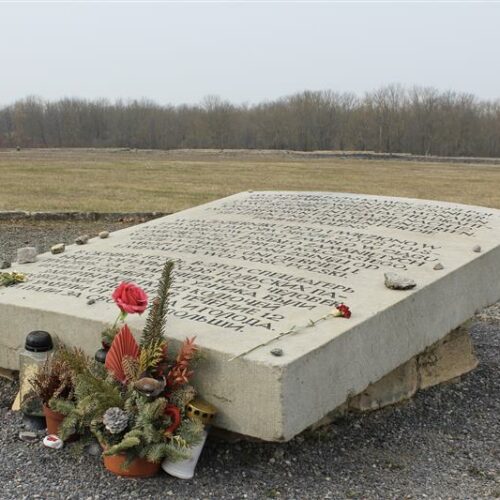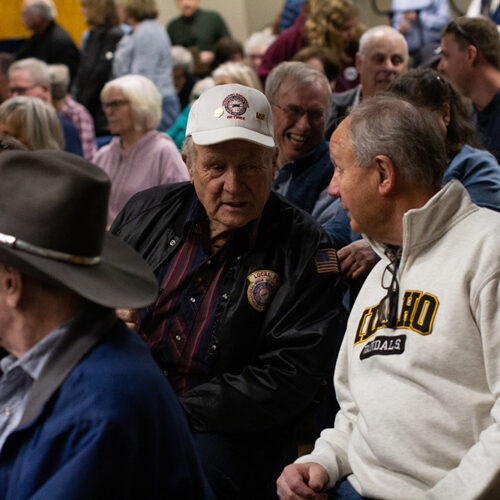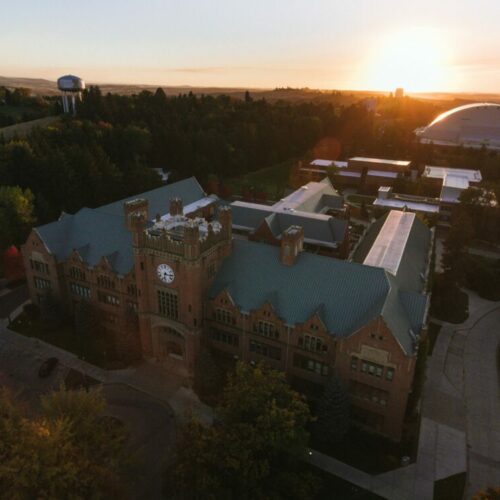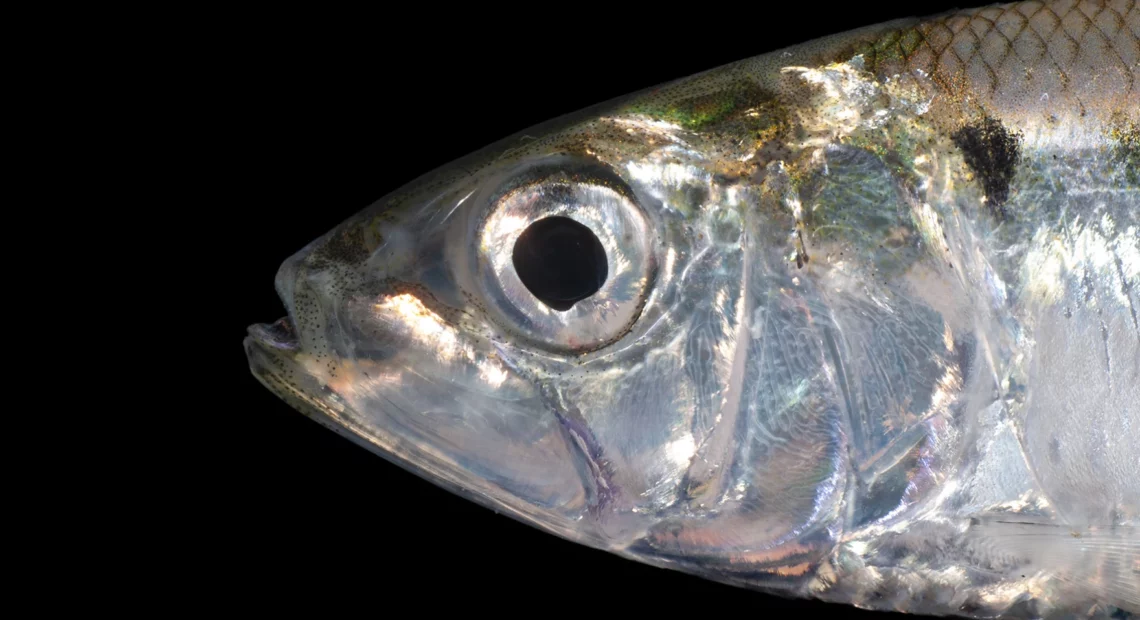
American shad clog fish ladders, causing trouble for salmon
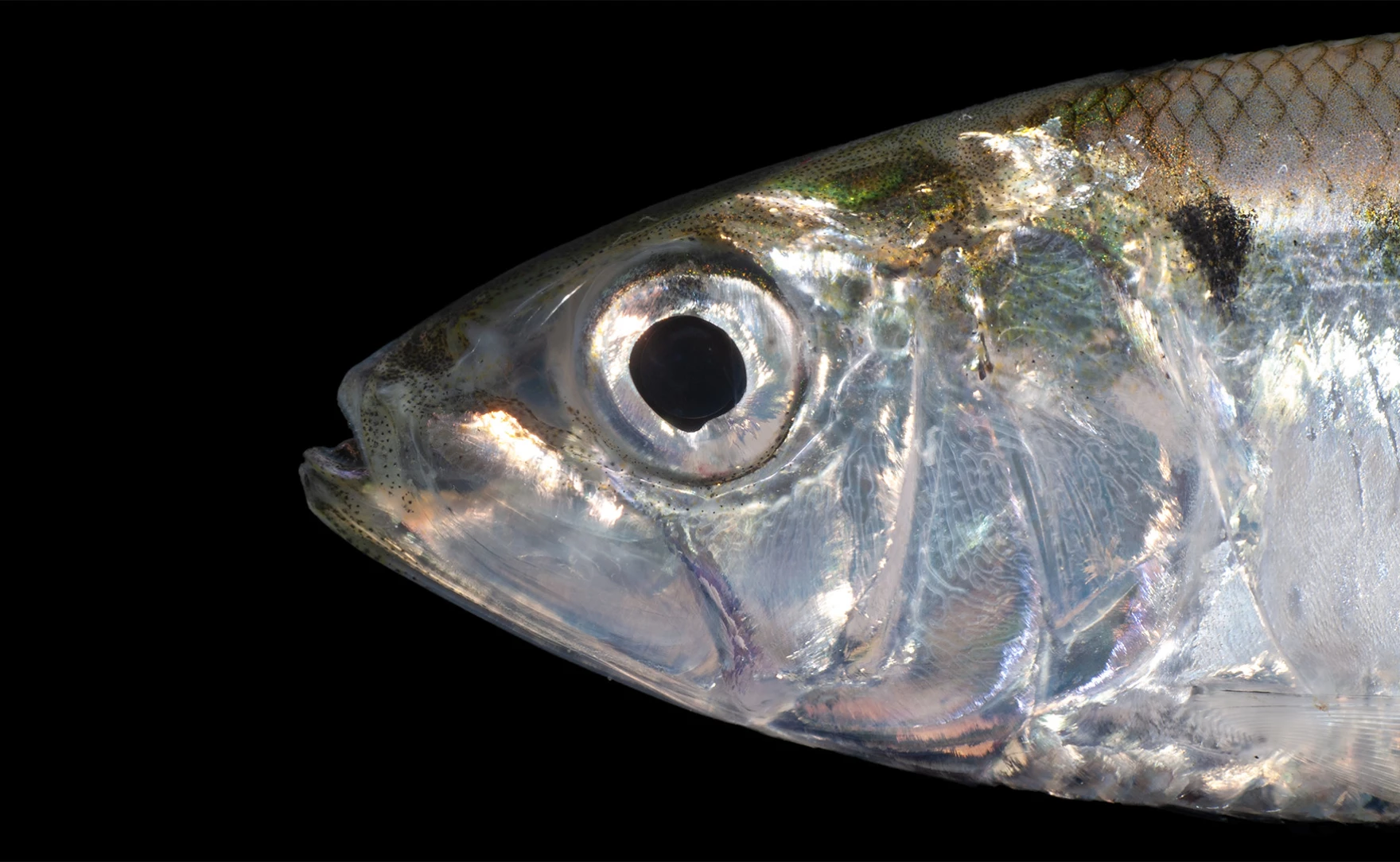
Listen
(Runtime 1:10)
Read
As salmon and steelhead swim upstream, they’re now facing one more challenge in fish ladders. It’s a non-native fish competing for space: the American shad.
At Lower Granite Dam on the Lower Snake River, American shad hang out in the fish ladder. A few years ago, the American shad population exploded into a horde on the Columbia and Snake rivers.
“They were introduced in the late 1800s in the Sacramento Valley, and they found the Columbia River,” said Elizabeth Holdren, lead supervisory biologist with the U.S. Army Corps of Engineers. “Just like us, it’s beautiful, and they loved it. So they became established here.”
Now, American shad are causing the most trouble for fish ladders in the region, she said.
“They kind of chill out. They don’t necessarily go all the way out of our ladder and then they spawn. They die in the ladder,” Holdren said.
The dead fish clog up screens and backup water, which overflows into parking lots below the ladder at Lower Granite.
“Not like the fish are swimming down there so much, but it could be a real issue,” she said.
In July, 900 to 1,000 shad a week swam into the ladders. They got caught in fish traps meant to help salmon, said Darren Ogden, a biologist with the National Oceanic and Atmospheric Association.
“They eat up our expensive anesthetic,” Ogden said.
That anesthetic helps biologists quickly collect data and transport salmon.
According to the Washington Department of Fish and Wildlife, American shad can also cause dissolved oxygen problems for fish in ladders. It can make it difficult to count salmon and steelhead.
It’s not all bad news, though. The department said shad might be getting eaten by avian and pinniped predators, which could be a buffer for salmon.
The Army Corps is devising ways to control shad above Lower Granite, Holdren said. However, there’s no concrete solution yet.


